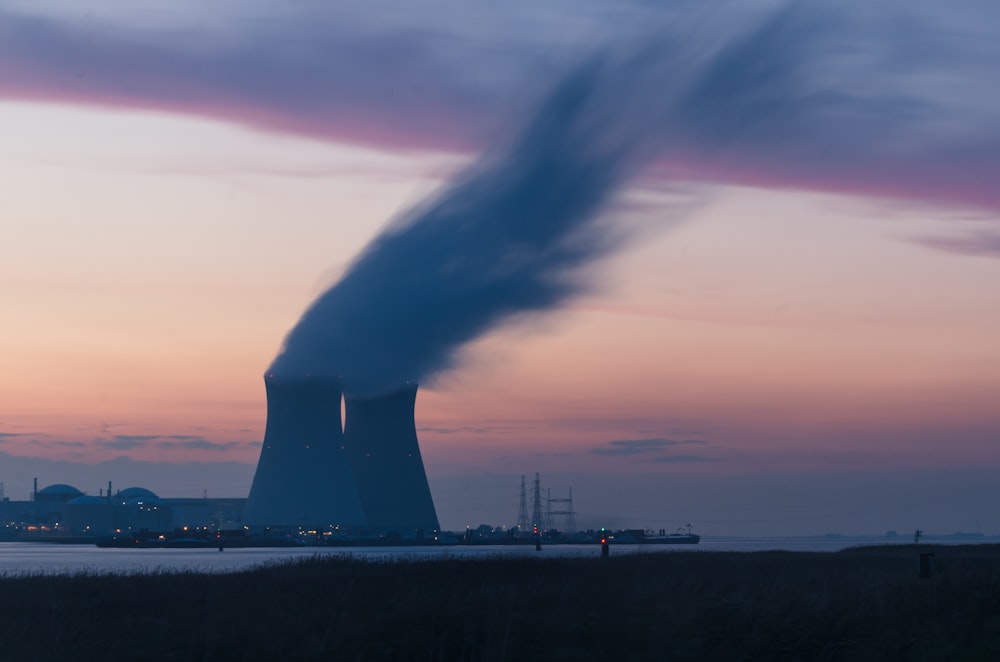
It is often said that a picture is equal to a thousand words but I think it’s time to say that one tweet means repercussions of more than a thousand words. With members of the Indian Cabinet being so active on platforms like Twitter, it is hard to not find an opportunity to change one tweet into a thousand words.
Defense Minister Ranjith Singh on the 16th mentioned the possibility of India’s No-First-Use policy possibly changing in the future. Before we look into the impact of this statement and the reactions it invoked, let us first take a look at India’s existing policy and how it actually came to be.
The roots of India’s Nuclear Policy
India’s nuclear program started under Dr Homi Bhabha in 1944. While India developed its nuclear program, it heavily promoted the creation of the Nuclear Non-Proliferation Treaty which aims to prevent the spread of nuclear weapons and technology and promote its peaceful use. However, when it came into force in 1970, India refused to sign on the grounds that it created barriers of nuclear “haves” “have nots”. Of course, Pakistan followed suit. To this date, Israel, Pakistan, India and the recently formed South Sudan have refused to sign the NPT. North Korea was a signatory but they withdrew in 2003.
In 1962, after the Sino-Indian war, India came to consider both the Soviets and the Americans as unreliable allies. This would also contribute to India not signing the NPT. India stepped up its nuclear program throughout the wars of ’65 and ’71. During these two wars, it was blatantly clear that India could not rely on its allies to protect its borders. Hence, nuclear deterrent became a necessity.
On 18th of May 1974, India detonated its first nuclear bomb at Pokhran and was the first confirmed nuclear test outside of the 5 permanent members of the UNSC. This predictably led to technological sanctions on India and moreover triggered the formation of the Nuclear Suppliers Group (NSG).
The NSG was formed to further prevent technology and materials being exported by nuclear states. Despite being formed because of India’s nuclear tests, many founding members have since advocated for India joining the NSG. However, China continues to stonewall India’s inclusion on the grounds that Pakistan should also be included alongside India as both nations have not signed the NPT. The rest of the world may be backing India’s bid for the NSG but the same cannot be said for Pakistan’s bid. Especially after what AQ Khan did. But we’ll get to that soon enough.
Operation Shakti
India’s nuclear program suffered in the ’70s due to the technological sanctions. By the time the technological hurdles were surpassed, India was suffering the political instability of the ’80s. Post-liberalization when the Atal Bihari Vajpayee government came to power, they immediately authorized clandestine testing at Pokhran.
In perhaps the biggest slap in the face of the American Intelligence Agencies, India managed to conduct 5 nuclear tests in May 1998. Moreover, the Intelligence agencies were so out of the loop that they only found out about the tests after the Prime Minister had held a Press conference.
This was also met by severe international outrage. Pakistan immediately followed up and conducted a hasty test explosion to match India. However, in the very speech that announced to the world that India now not only had the bombs but also the delivery mechanisms for it, PM Vajpayee also emphasized that India would no longer conduct tests and would have a No-First-Use Policy. It meant that India would not initiate a nuclear escalation in any conflict. The subtext was clear though; if any nuclear escalation did take place, India would retaliate with its entire nuclear arsenal.
The Policy in words
Since 1998, India has changed. The Pokhran-II tests resulted in the Kargil War and eventually, India rose as a Global Player. India formed the Strategic Nuclear Command in 2003. They are the custodians of all nuclear weapons, missiles and assets. However, only the civil leadership in the form of the Cabinet Community on Security can authorize a nuclear strike.
In 2010, we see the first opinions coming forward about changing India’s nuclear policy. National Security Advisor Shivkumar Menon signalled a shift from No-First-Use to “No First Use against non-nuclear weapon states”. In 2013, Shyam Saran also indicated that India is prepared to “retaliate massively” regardless of the size of attack on India. In November 2016, the late Manohar Parrikar also questioned why India should bind itself under the No-First-Use policy when it is a responsible nuclear power. He was also the Defense Minister at the time and went on to clarify that it was his personal opinion.
That brings us in a full circle to Defense Minister Rajnath Singh and his statement that India may change the No-First-Use policy depending on the circumstances.
The New India
During the war, Atalji upheld the sanctity of the LoC and did not allow any cross-LoC movements by the Indian Army. That changed with the Surgical Strikes and the Balakot Airstrikes. The new India has clearly shown that it will do whatever it takes to secure its frontiers. Ever since the Abrogation of Article 370, Jammu & Kashmir has been on lockdown. This along with the statement by the Defense Minister are sending a clear message to the rest of the world. This India is backed by the military might and real willingness to take action if its interests are in question.
- Nachiket Bhushan Kondhalkar
Want to get published on EMN and join the community? Here is an opportunity to join the Board of Young Leaders Program by Eat My News. Click here to know more: bit.ly/boardofyoungleaders
Want to get published on EMN and join the community? Here is an opportunity to join the Board of Young Leaders Program by Eat My News. Click here to know more: bit.ly/boardofyoungleaders









0 Comments